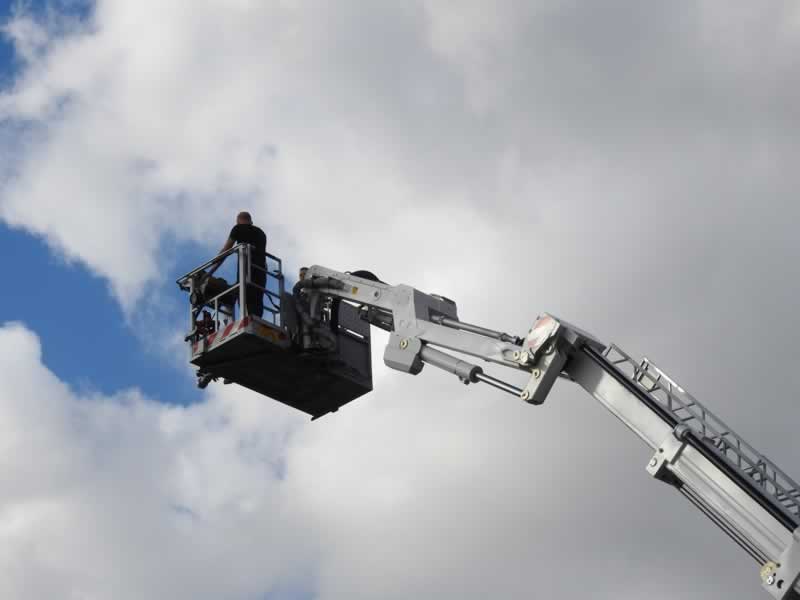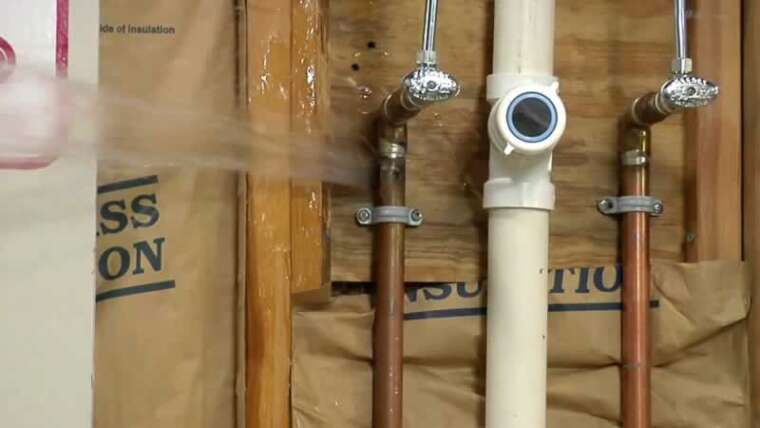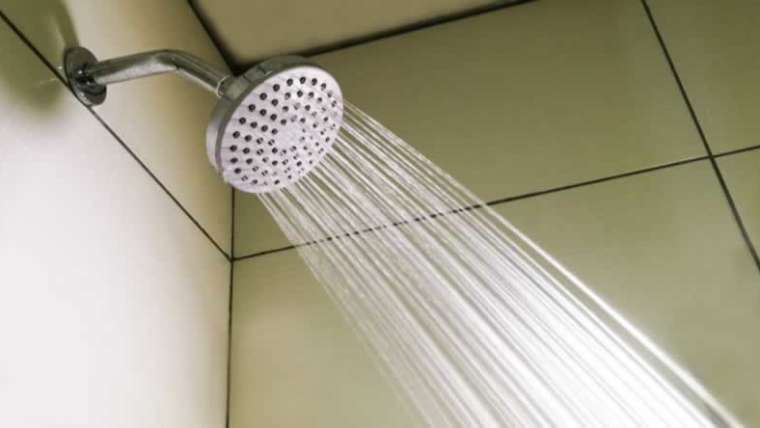It's a bad truth, but over 30,000 people die from accidental falls every year, and millions more need medical attention due to accidental injuries. For this reason, it is important that you give priority to safety at all times, especially if you work at great heights. Regardless of whether you have to work high above the ground or do tasks like trimming branches or cleaning your roof at home, you need to take fall protection seriously to avoid injuries or worse.
To protect you, we have put together a list of 5 safety measures and fall protection tips that you can practice while working above the ground. Let's begin!
Use the correct PPE
First and foremost, you must use the correct PPE or personal protective equipment while working. This means that you use a helmet, eye protection, suitable footwear, gloves, dishes and suitable lanyards or carabiners. Make sure that all of your devices are compatible with the other parts for the best possible protection.
Keep your PPE in top condition
Check your PPE before and after each use. Properly functioning height safety equipment can literally save lives. Therefore, be especially thorough in your pre-use checks. Look for defective or missing parts and damage during your inspections and make a note of everything, even if it seems minor. Devices that fail the inspection should under no circumstances be used. Never assume that someone else has done the right checks. If you use equipment rental, it is a good idea to do an inspection before you leave with your equipment.
Choose the right height system
In addition to your personal equipment, you need to be aware of the type of elevation system that is required in different scenarios. For example, if you're painting a house, scaffolding is probably your best bet. When using scaffolding or an elevator, always equip yourself with a strap and a lanyard. Use a ladder only when absolutely necessary, as this is the most dangerous form of lifting system.

If possible, use rails
The easiest way to work safely at heights is to use rails. Most elevators should be able to attach rails to increase safety. In some cases, the effective use of railings can eliminate the need for a harness and carabiner. If you are working on a roof, set up a railing around the perimeter if possible. There are railing systems for practically every roof type, so there is no excuse not to use a roof!
Be careful with your anchor point
A strap and a lanyard are of no use if you do not choose a suitable anchor point. Never anchor to a decorative lamp, even if it is made of a strong material such as steel. When choosing an anchor, make sure it can carry at least £ 5,000. This can mean that you bring a prefabricated anchor for installation on the construction site.
Follow these tips to be safe when working at heights
Working at height is a normal part of life for many people, from construction workers to do-it-yourselfers. And while a low risk is inevitable, you can work safely at any height by exercising caution and care. Remember that every time you work on a roof or other tall objects, you endanger your life. Don't let the routine neglect you. Now that you know how to be safe while working at height, check out our blog for more tips on how to stay safe at work!




